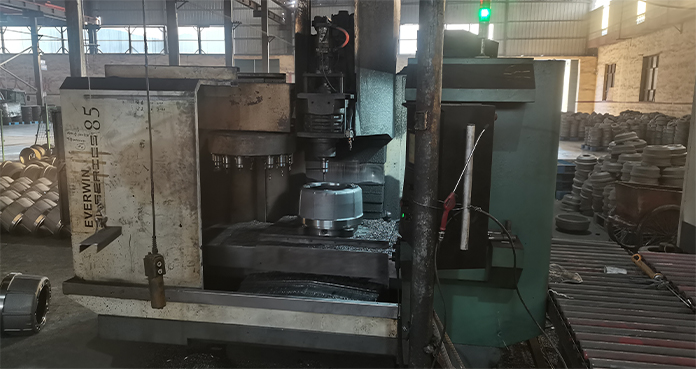авг. . 01, 2024 09:51 Back to list
Step-by-step Guide to Replacing Rear Brake Drums and Shoes on Your Vehicle
How to Replace Rear Brake Drums and Shoes
Replacing rear brake drums and shoes is a crucial maintenance task that every car owner should be familiar with. Worn-out brakes can compromise vehicle safety and performance. If you’re handy with tools and looking to save money on repairs, this guide will help you replace your rear brake drums and shoes with confidence.
Tools and Materials Needed
Before you start, gather the following tools and materials
- Jack and jack stands - Lug wrench - Brake drum puller (if necessary) - Socket set and ratchet - Screwdrivers (flathead and Phillips) - Brake cleaner - New brake shoes - New brake drums (if needed) - Drum brake spring tool (optional but helpful) - Safety glasses and gloves
Step 1 Ensure Safety First
Always prioritize safety when working on your vehicle. Park your car on a flat, stable surface and engage the parking brake. Use a jack to lift the rear of the car and secure it with jack stands. This will ensure the vehicle remains stable while you work.
Step 2 Remove the Wheel
Using a lug wrench, loosen and remove the lug nuts from the rear wheel. It's easier to do this while the wheel is still on the ground. Once the nuts are removed, take off the wheel and set it aside.
Step 3 Inspect the Brake Assembly
With the wheel removed, you can see the brake drum assembly. Inspect the area for any signs of damage and make note of how everything is arranged. If the brake drum is rusted or corroded, consider replacing it.
Step 4 Remove the Brake Drum
To remove the brake drum, you may need to tap it lightly with a rubber mallet to loosen it if it’s stuck. If the drum refuses to budge, a brake drum puller can be used to gently pull it off. Once removed, inspect the inside of the drum for scoring or damage.
Step 5 Remove the Old Brake Shoes
how to replace rear brake drums and shoes

With the drum off, you’ll see the brake shoes. Note how the springs and shoes are set up for easier reinstallation. Remove the springs and clips carefully; using pliers can help if they are particularly tight. Take out the old shoes and set them aside.
Step 6 Install New Brake Shoes
Before proceeding with the installation of new shoes, clean the backing plate with brake cleaner. This removes any dust and debris that could compromise braking performance. Now, position the new shoes into place. Secure them with the appropriate springs and clips, ensuring that everything is aligned correctly.
Step 7 Reattach the Brake Drum
Slide the new or refurbished brake drum back onto the wheel hub. Ensure that it spins freely and doesn’t rub against the new brake shoes. If resistance is felt, recheck the shoe alignment and make any necessary adjustments.
Step 8 Reinstall the Wheel
Place the wheel back onto the hub, securing it in place with the lug nuts. Tighten them by hand, and then use a wrench to snug them up in a crisscross pattern to ensure even pressure.
Step 9 Lower the Vehicle
Carefully remove the jack stands and lower the car back to the ground. Once down, torque the lug nuts to the manufacturer’s specifications for safety.
Step 10 Test Your Brakes
Before taking your vehicle back on the road, pump the brakes a few times to set the shoes against the drums. Take a short drive at low speed to ensure everything is functioning properly. Listen for unusual noises and feel for any abnormal brake behavior.
Conclusion
Replacing rear brake drums and shoes is a manageable task that can extend the life of your vehicle and enhance road safety. With the right tools and a little patience, you can perform this important maintenance yourself. Always consult your vehicle’s service manual for specific instructions and torque specifications. If in doubt, don’t hesitate to seek professional help. Happy wrenching!
-
Brake Drum Man - High-Quality Drum Brake Drums & Brake Shoes for Reliable Performance
NewsJun.24,2025
-
High-Quality Brake Drum Kamaz – Durable Drum Brake Drum & Brake Shoe Replacement
NewsJun.10,2025
-
High-Quality Brake Drum Liza for Drum Brake Systems - Superior Durability and Performance
NewsJun.10,2025
-
High-Quality Brake Drum Kamaz – Durable Drum Brake Drum & Brake Shoe Solutions
NewsJun.10,2025
-
Durable Kamaz Brake Drums High-Performance Truck Parts
NewsJun.09,2025
-
Premium Brake Drum Maz Kit with Shoes Enhanced Braking
NewsJun.09,2025
